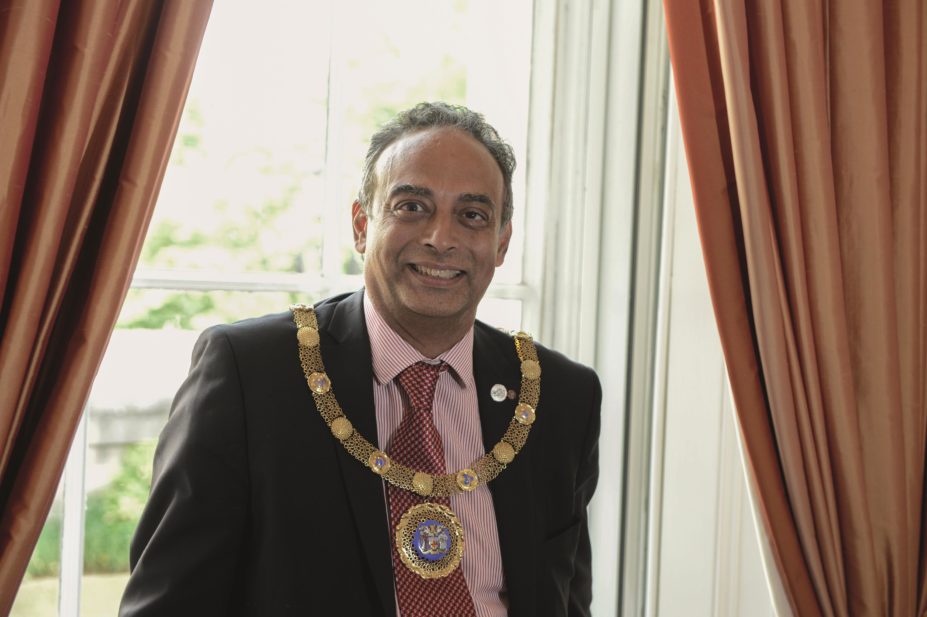
Royal Pharmaceutical Society
Members of the Royal Pharmaceutical Society (RPS) have contacted the Society to ask for clarification of the process for choosing the president of the RPS, after Ash Soni lost the position for 2016–2017 when members of the English Pharmacy Board (EPB) failed to elect him to the Assembly.
This is the first time that a president has had to step down under these circumstances. Some members wondered why board members voted the way they did: “All I’ve seen is praise for Ash’s approach to the role – adds to the questions of why the EPB voted this way,” said one commenter on Twitter, while others have labelled the process as “secretive” and complained that RPS members have been “disconnected from the decision”.
In a statement issued to provide clarification on the process for choosing the president, the RPS highlights that the overall strategic direction of the Society is provided by the Assembly, which comprises 11 members of the national pharmacy boards — seven from England (including the chair and vice-chair), two each from Wales and Scotland (including the chairs), plus a lay member, an academic member and a pharmaceutical scientist. Only those on the Assembly can stand for RPS president, and this position is appointed by fellow Assembly members through an election, if more than one Assembly member stands.
In the case of the recent Assembly elections on 22 June 2016, 11 members of the English Pharmacy Board (all bar the chair, vice-chair and new board member, Tracey Thornley) put themselves forward for the Assembly. Each member of the EPB were entitled to up to five votes for their choice of who should be on the Assembly. Following the vote, five pharmacists were elected to the RPS Assembly: Sibby Buckle, Sid Dajani, David Carter, Catherine Armstrong and former RPS president Martin Astbury (according to RPS governance policy the process is a confidential/secret ballot so the exact number of votes each EPB member received cannot be disclosed). Ash Soni, however, was not elected to the Assembly, meaning he can no longer be president from when the Assembly next meets on 19 July 2016. Assembly members will need to choose a new president on this date.
According to the RPS governance handbook, nominations for the role of president have to be made by one Assembly member and seconded by another in writing to the chief executive (Helen Gordon), at least 11 calendar days before the Assembly meeting, which will be on 8 July 2016. Candidates for the president role are required to produce a statement of up to 1,000 words to demonstrate how they meet the job specification and set out their policies, and this also needs to be received at least 11 days before the meeting. The names of those nominated and the names of the nominators are circulated to Assembly members one week before the Assembly meeting (12 July 2016), with the identity of candidates kept confidential until after the election has taken place.
At the meeting, the chief executive will read the names of the candidates and each member of the Assembly will write the name of the candidate for whom they wish to vote on the ballot paper. The ballot papers are then collected and the candidate with the most number of votes is named president. The same process is applied for the election of RPS treasurer.
The RPS welcomes views from RPS members on the process of choosing the president and asks for them to get in touch by emailing support@rpharms.com
For more information on how the Society is governed, see the governance handbook on the RPS website: http://www.rpharms.com/assembly-pdfs/governancehandbook.pdf
You may also be interested in
Long service of members

Membership fees 2022
